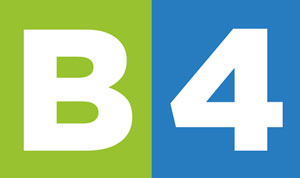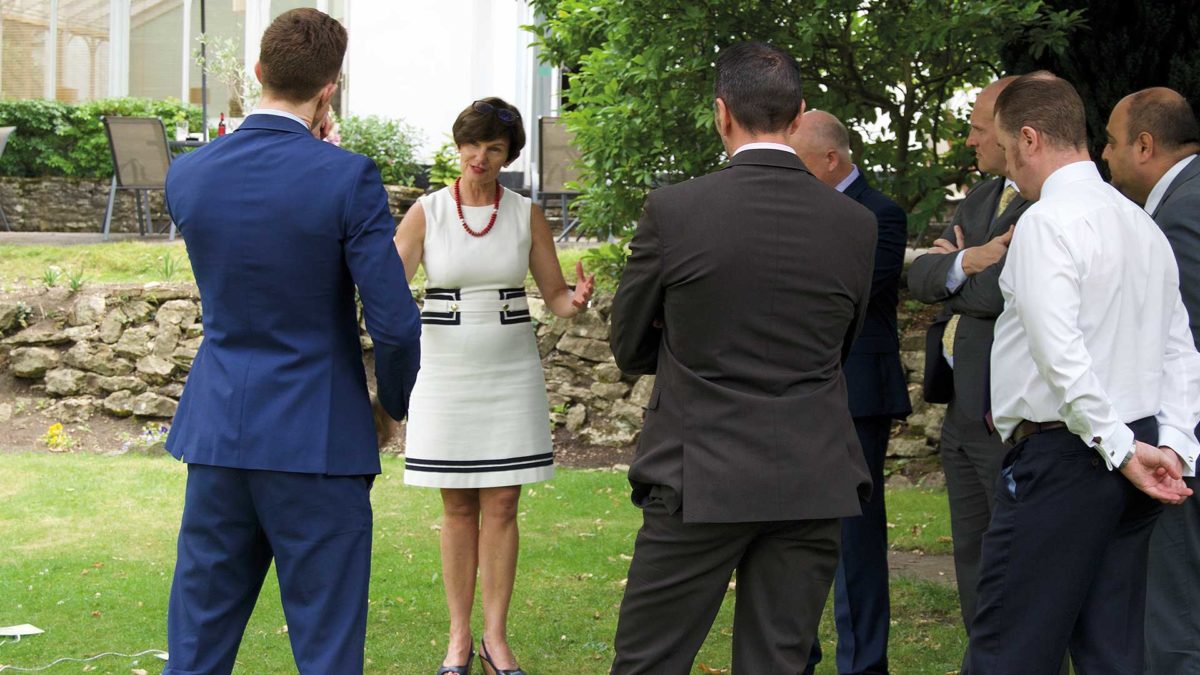
Agile high performing teams improve the bottom line
Silo mentality affects many organisations, no matter what their size. It fragments the business, disconnects decisions and impacts results.
On the other hand, leaders with a clear vision, the ability to inspire their teams with a compelling story thrive. The best leaders also communicate their goals, collaborate and have the discipline to hold people to account.
Written by: Diane Wilkinson Photography by: Emma Shipperley
Balancing task and behaviour
Most organisations hold regular meetings to evaluate targets. They understand what they do, but they rarely examine how they do it. When was the last time your organisation asked itself: “How are we behaving together?”
Goal clarity is a key feature of high performing teams, but it is not enough. These teams also give – and request – feedback on how they work. Teams that balance “what” and “how” in meetings, and hold regular 1:1 reviews, become high performers faster.
Diane Wilkinson’s Agile High Performing Team model lets teams push the pause button and reflect. “We review both tasks and how people behave as a team,” she says. “When departments work in silos, interfaces are forgotten. Exploring what departments need from, and can offer each other is vital to lift performance.”
Highly interactive and results-driven team development days provide executives with ‘time out’, allowing senior leaders the opportunity to explore their goals and how they behave together.
“We’ve all got bags of experience. Why aren’t we pulling together as a team?” is a typical realisation as leaders work with Diane to uncover blockages in team performance. These discussions help clarify strategies for more effective collaboration and holding each other to account.
An Audi head of business recently expressed how valuable his team development session was. “Days like this are vital, as too often we are focussed on our operational duties. This team session will have a long-lasting effect on improving behaviour, attitude and culture in our business.”
Connecting to excellence
“Team events are creative and interactive,” Diane says. “Leaders discover how to improve profitability because they’re now working in synch and listening to each other.”
Her flexible team development sessions begin by exploring how people tick. “People learn to stop bashing their head against a brick wall. They see that changing how they behave could deliver better results,” she says. “Sometimes the grit in the oyster can become a pearl.”
A head of business in the automotive industry says, “I gained a far better understanding of how I need to change my approach with different people to get the best out of them”.
“These team events often kick-start a team’s growth journey. Once the team connects to excellence – within themselves and together – it becomes a more agile and high performing,” Diane says.
“People learn to stop bashing their head against a brick wall. They see that changing how they behave could deliver better results”
A synchronised, aligned approach
Diane’s experience covers many industries: automotive, pharmaceutical, healthcare, construction and third sector. “Silo mentality is so common,” she says. “The interface between departments is the crucial piece to explore.”
One global car dealership brand manager says, “As senior management, we often work within our own departments. Our team day made us realise this and discover how much better we could work if we were more in sync with each other.”
Her team-based approach can also cascade across an entire organisation. The process starts with senior executives, runs through their teams and on to front line leaders. Everyone uses the same structured feedback frameworks and unemotive language, this helps people to see what they need to change in order to deliver consistent results.
Once the senior leadership team is both high performing and agile, everything flows more smoothly. “With a synchronised approach and aligned thinking, roles are clearer and people’s goals more likely to be achieved,” Diane says.
More in Business Strategy
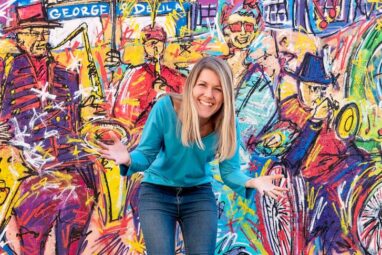
‘Meanwhile in Oxfordshire..’ Case Study: Ducky Zebra, the sustainable kidswear brand...
‘Often girls’ clothes are pink, cute and impractical. They promote kindness, but not always confidence. And boys’ clothes are often blue, aggressive and adventure seeking. They promote confidence, but not always kindness. I wanted to bring these two characteristics together and allow all children, no matter what their gender, to celebrate both kindness and confidence.’ – Sally Dear, Founder of Ducky Zebra
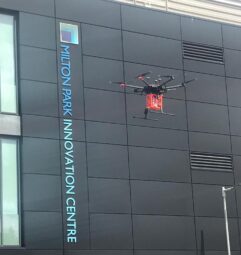
Innovative drone delivery trials take place at Milton Park
A pilot demonstration for a set of innovative drone and electric van freight trials was successfully completed at Milton Park.

Businesses encouraged to have their say: Central Oxfordshire Travel Plan
Oxfordshire County Council has launched its first draft area travel plan for public feedback following the adoption of its county-wide transport and connectivity plan, last month – and the county’s businesses are being encouraged to have their say.
From this author
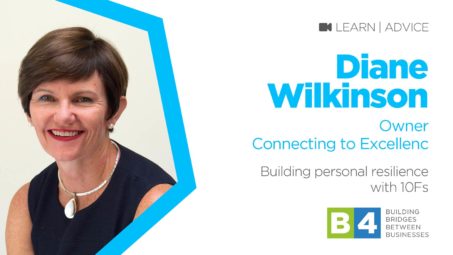
Building personal resilience with 10Fs with Diane Wilkinson of Connecting to...
Aim of the session: To give delegates a clear framework for maximising resilience in themselves in order to avoid overwhelm and be able to perform well in life.
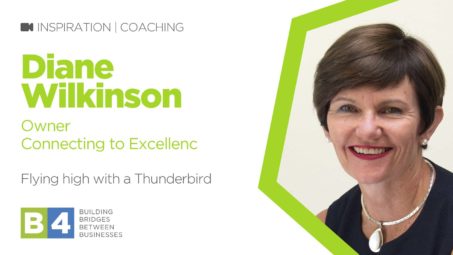
Building Team Resilience ‘Flying high with a Thunderbird’ with Diane Wilkinson...
Aim of the video: To define the key elements of Team Resilience to focus on as a team to effectively negotiate ups and downs in a disrupted world today.
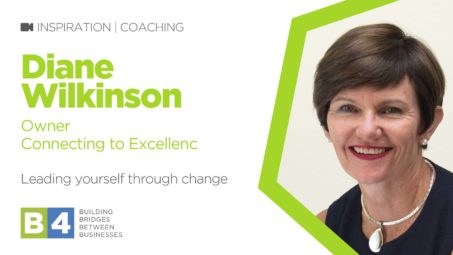
Leading yourself through change with Diane Wilkinson of Connecting to Excellence
Aim of the session: To understand what choices we have as leaders about who we want to be and how we want show up in the world.


